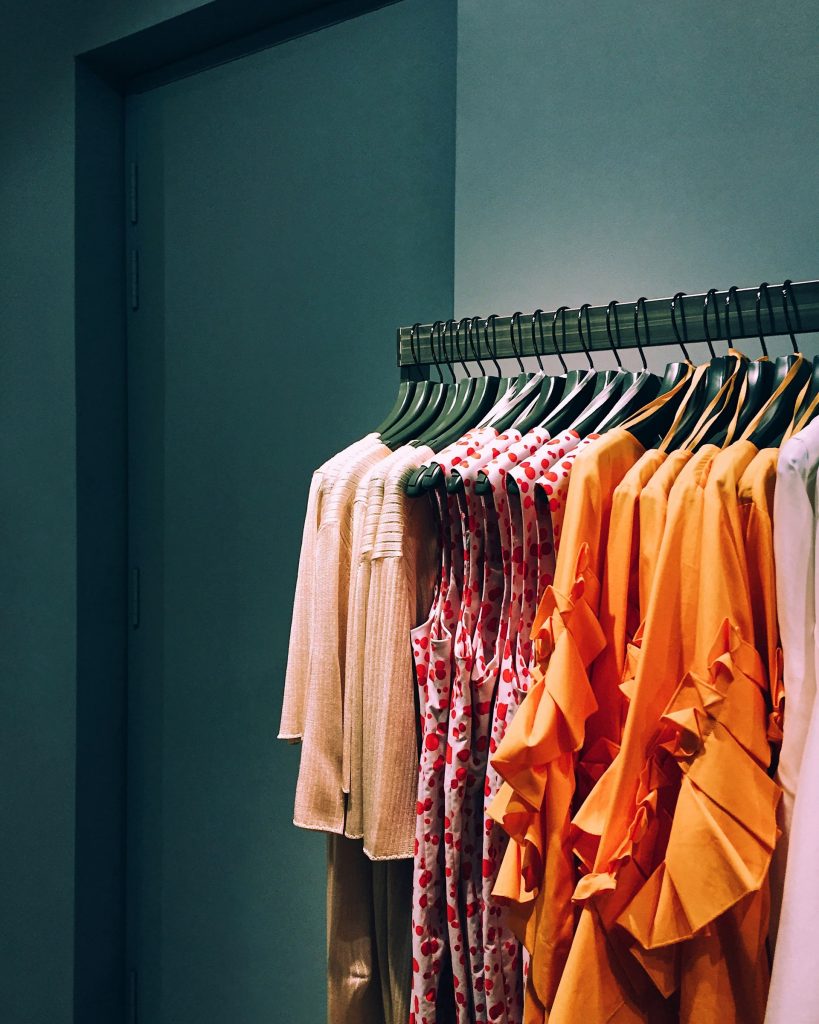When it comes to buying fashionable pieces for your closet, there are two routes you can choose from. You can opt for trendy items that come and go, or you can pick quality pieces that will stand the test of time.
For those who prefer the latter, it’s not uncommon for them to associate quality with a higher price tag, whether they’re shopping for that little black dress or something as simple as buying leggings. The more cash you drop on an article of clothing, the greater the expectation that it should last you a lifetime.
Contrary to popular belief, though, quality does not necessarily have to mean spending hundreds of dollars on a single item. This may be difficult to believe in a world where shoppers are surrounded by fast fashion. But with the right mindset and strategy, it is possible to find well-made pieces at a bargain. With that said, it’s time to finally debunk some common myths when it comes to high-quality fashion.
More Expensive Items Are Always of Higher Quality
While the saying “you get what you pay for” does have some truth to it, that’s not to say that you’ll always have to splurge to find something that lasts more than a couple of wears. More often than not, luxury items are priced much higher than they’re actually worth to account for the costs of promoting them. The high price tag can also be due to the brand’s perceived value, rather than being based purely on material and labor costs. It is not true that if you pay more than you should have a really high-quality one, for example, you can pay a reasonable price for Korean Fashion clothes and accessories and have a really good quality clothes.
It is also not true that a higher price tag translates to an ethical production process. The sad truth is that factories with sweatshop conditions still exist in many parts of the world. Finally, there are indeed some companies that charge a lot of money but offer poor-quality products, relying heavily on their brand’s appeal instead.
To avoid getting hoodwinked by these types of companies, try searching for reviews of their offerings and pay particular attention to the negative reviews. You’ll quickly discover whether they’re overcharging or not, based on what actual buyers have to say.

Certain Brands Are Guaranteed to Be of Higher Quality
Though this idea has some truth to it, it should be taken with a grain of salt. After all, generic products can boast of workmanship equal to that of their branded counterparts. Additionally, certain brands usually have specialty products, that is, the one thing they’re good at. For instance, a globally recognized name may offer the best jeans in the world, but may not deliver the same quality when it comes to their t-shirts or polos.
When shopping, the key is to have an eye for detail. Check the stitching, feel the quality of the fabric, and examine the product for any tears or holes. These are just some points to add to your mental checklist when determining whether an item is worth the extra cost.
All Fabrics Are Essentially the Same
Fabrics are not made equal. As such, depending on the materials used to create them, certain fabrics may not be as durable as others. Here are some things to look out for when evaluating the fabric of a garment you’re eyeing:
- Weave: The tighter the weave, the higher the quality. When deciding on what garment you should purchase, take a close look at the fibers of the fabric. If there are visible gaps, this may indicate that the piece is less durable.
- Color: Streaks or spots are a no-no. Instead, the color should be seamlessly blended throughout the piece.
- Thread Count: Much like weave, this is an indicator of the fabric’s composition. The higher the count, the greater the integrity.
- Finish: Some tell-tale signs of poor-quality fabric include unevenness, creasing, and unwanted stretching.
It is also possible for two fabrics to be made of the same material and yield drastically different results. For example, a shirt made with cheap cotton will feel and look different from one that’s made of higher-quality cotton. The grade and source of the fabric come into play here. Even for something that’s considered a natural resource, the method of cultivation and techniques used speak volumes of the final product.

Sustainable Brands Always Provide High-quality Products
With “sustainable” being such a buzzword in this day and age, it is becoming more widespread to see brands include this and other related keywords in their vision, mission, and story. But if you’re considering buying from a brand that claims to be sustainable, err on the side of caution. Sadly, many clothing companies greenwash or overstate their claims just to make a quick buck.
Should you notice that a brand claims to be environmentally friendly, don’t just take their word for it. Do your due diligence and find out what materials and fabrication processes the brand actually employs. This will give you a clearer picture as to whether they do, in fact, deliver on both quality and sustainability.
High-quality Clothing Can’t Be “Made in China”
This may have been the case years ago, and there are certainly manufacturers from there that still release sub-par products. Still, China’s economy has significantly grown over the years, elevating both working conditions and the technology used in production.
With that said, you may be surprised to learn that some well-known luxury brands outsource their manufacturing processes to China. So, the next time you see a tag that indicates that a garment was made in that country, don’t automatically assume the worst.
Whether it’s a pair of light wash jeans, a trusty white t-shirt, or a statement accessory, it is indeed possible to find quality clothing. However, with the surplus of choices available, it can be overwhelming to discern if a purchase is well worth its value.
Remember that research and information will empower you as a shopper. When it comes to your clothing, don’t hesitate to cross-check different sources to verify whether you can trust what a fashion brand promises to deliver. Hopefully, with these common myths addressed, you’re now equipped with the knowledge to make smarter buying choices moving forward.




